If you’ve been on the hunt for a succulents that brings both beauty and simplicity into your life, meet the Pulido’s Echeveria. With its spiral of bluish-green leaves and a hint of red on the tips, this succulent is an eye-catcher without being high maintenance.
Perfect for those balancing busy lives or just starting their plant journey, this guide will give you all the tips to make plant care feel like a breeze. From how to water it just right to solving common problems, we’ve got you covered.
Table of Contents
1. General Information & Taxonomy
| Scientific name: | Echeveria Pulidonis |
| Common names: | Pulido’s Echeveria |
| Native to: | Central Mexico |
| Toxicity: | Non-Toxic |
| Mature size: | Up to 6 inches |
| Category: | Flowering Succulent |
| Growth Rate: | Slow to Moderate |
| Dormancy period: | Winter |
| Hardiness: | Zones 9-11 |
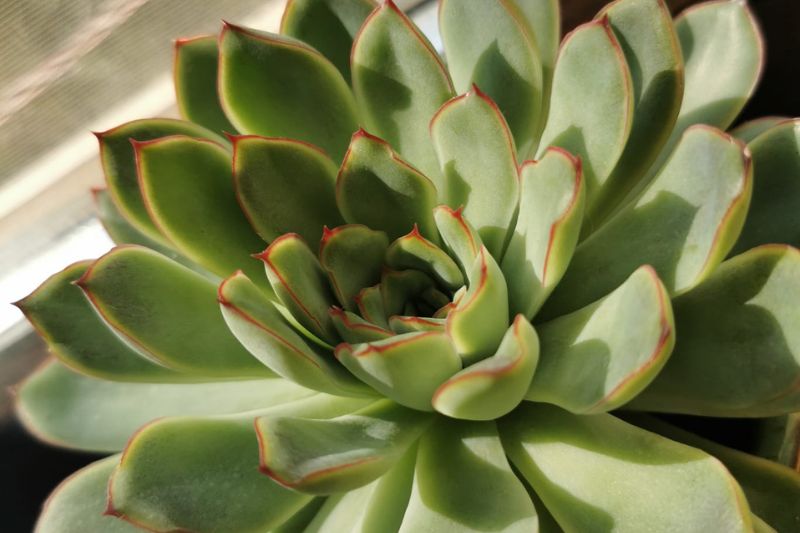
2. Pulido’s Echeveria Care & Growing Requirements
» Watering
When it comes to watering Pulido’s Echeveria, the soak and dry method is your best friend. Go ahead and drench the soil until you see water coming out of the drainage holes. Then, let the soil completely dry out before you even think about watering again.
» Light
Pulido’s Echeveria loves full sun, but can thrive in partial shade too. However, be warned: skimp on the light and your plant will stretch and lose its compact shape and those eye-catching red edges. So make sure to give it its daily sunshine fix to keep it looking its best.
🌱 Quick tip: Proper light not only prevents your Echeveria pulidonis from stretching, but it also amplifies its vibrant colors, making those red edges truly pop.
» Soil
When it comes to soil, think well-draining and slightly acidic. Cactus or succulent mix works like a charm. If you’re into DIY, mix some perlite into regular potting soil.
» Temperature
Pulido’s Echeveria is comfy in temperatures ranging from 65-80°F. It can tolerate cooler temps, but keep it above freezing.
» Humidity
Low humidity is the name of the game. These plants come from arid regions, so they don’t need a tropical paradise to thrive.
» Fertilizer
Feed your Pulido’s Echeveria lightly during the growing season—spring and summer. A diluted, balanced fertilizer will do the trick.
3. Pulido’s Echeveria Flowering
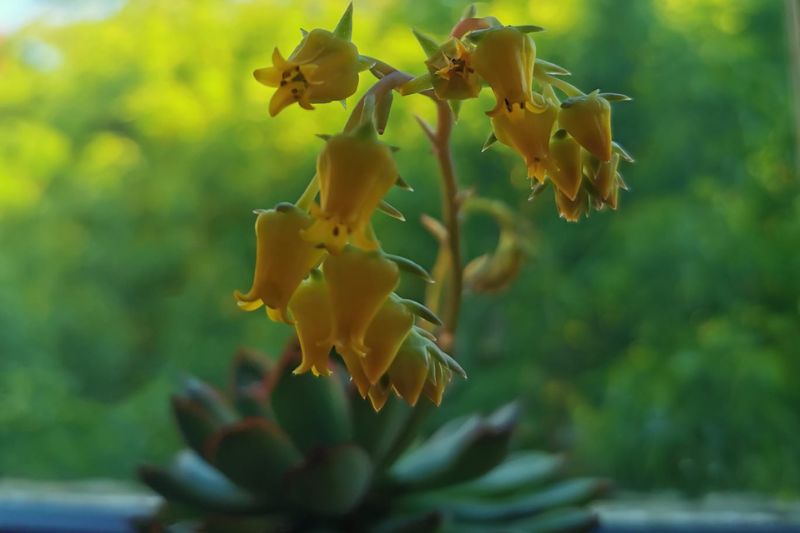
Now, for the cherry on top of your gardening journey—the bloom!
Your Pulido’s Echeveria is not just a pretty face; it knows how to put on a show when it comes to flowering. Imagine beautiful bell-shaped flowers with lovely hues of yellow. Yep, that’s what you can expect. These stunners usually make their grand entrance in late spring or early summer.
To encourage flowering, keep up with your regular care routine and ensure your plant gets plenty of bright light. And remember, blooms are like a “thank you” card from your Pulido’s Echeveria for all the love and care you’ve given it.
And if you find yourself in love with flowering succulents, why not explore more? Check out our list of other blooming succulents—you just might discover a few more plant pals to add to your collection!
4. Pulido’s Echeveria Maintenance and Propagation
» Repotting
While it’s not the most demanding plant when it comes to space, you’ll want to consider repotting your Pulido’s Echeveria every 2-3 years. Look for signs like roots coming out of the drainage holes or a noticeable slowdown in growth.
When it’s time to move, choose a pot that’s just a couple of inches larger in diameter. Make sure it has good drainage to keep your plant’s roots happy and healthy.
And if you’re not sure which pot to pick, give our guide on picking the best pots for succulents a read!
» Pruning
Trim any dead leaves or faded flowers to help it focus its energy on new growth. This also keeps it looking its Instagram-worthy best!
» Propagation
You can propagate this succulent through leaf cuttings or by separating offsets, which are the small rosettes that grow at the base of a mature plant. For leaf cuttings, gently twist off a healthy leaf, let it callous over for a day or two, and then place it on well-draining soil. Before you know it, you’ll see baby Pulido’s sprouting!
5. Common Issues & How To Deal With Them
Even the laid-back Pulido’s Echeveria has its quirks. So let’s dive into a quick hit-list of common issues you might face. Don’t worry, with a little know-how, you’ve got this!
- Leaves Turning Yellow: If you see this, you’re probably overwatering. Ease up on the water and make sure the soil drains well.
- Mushy Leaves: Soft, squishy leaves that look lighter or even translucent? Your echeveria is shouting “Too much water!” Check the drainage and consider repotting in better-draining soil.
- Crispy Leaves: This usually means the plant is thirsty. Up your watering game a touch and keep an eye on it.
- Stretched Appearance: When your Pulido’s Echeveria starts to stretch, it’s begging for more light. Move it to a sunnier spot to help it regain its compact form.
- Lack of Red Edges: Missing those vibrant red edges? They’ll pop back with enough direct light, so make sure your plant gets its daily dose of sunshine.
6. Pulido’s Echeveria Diseases & Pests
Root rot is the most common disease, and it usually shows up as mushy, rotting leaves, blackened stems, and also mushy roots. If you spot this, consider repotting with fresh, well-draining soil.
On the pest front, aphids and mealybugs are the usual suspects. You’ll see sticky leaves or a cotton-like substance on your plant. A quick spray of insecticidal soap or neem oil should send them packing.
Conclusion
Pulido’s Echeveria is a low-maintenance, high-reward addition to your indoor plant family. Just give it the right light, don’t drown it, and you’ll have a loyal friend that elevates your decor game.

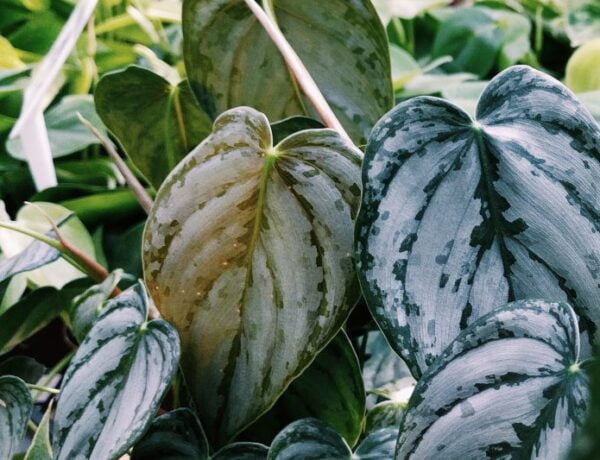
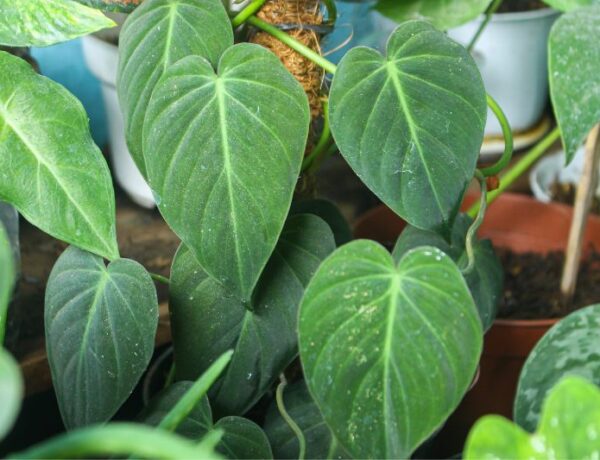
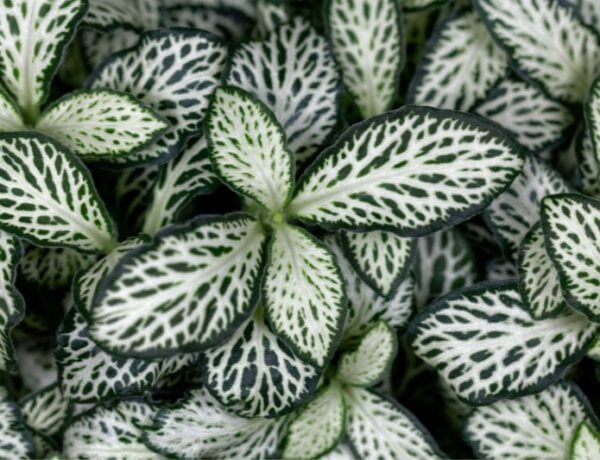


No Comments